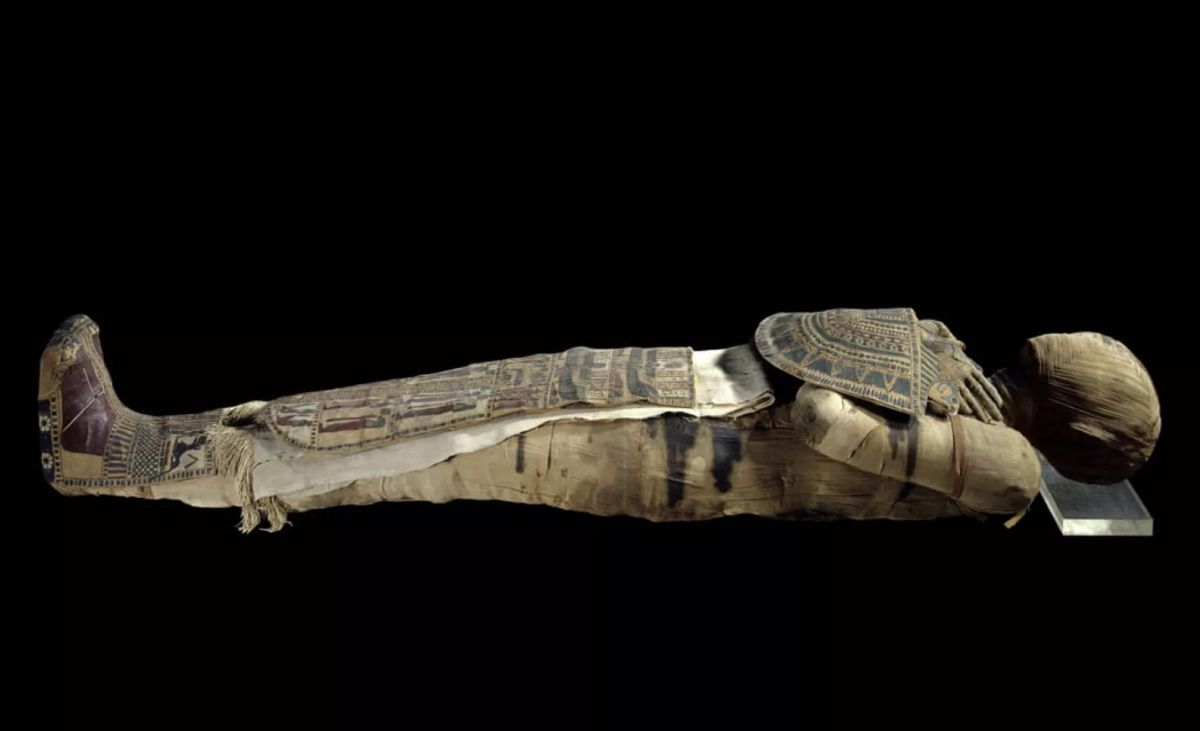The ruins of the city were discovered nearly a century ago in the Valley of the Kings, in the ancient city of Luxor. The famous Egyptian scholar Howard Carter discovered the mummified body in 2019, three years before he found the magnificent mausoleum of King Tutankhamun.
The way this nam material is tied has never been seen in any other nam nam. The layer of fabric creates a complex pattern on the face of the nameless object, similar to the architectural design of the Egyptian pyramid.
The meticulousness and sophistication in the preservation of nameless carcasses shows that this person could be a very important figure in ancient Egyptian society. However, the real identity remains a mystery, as opening the fabric layers can damage this unique body marination technique.
Scientists used non-invasive methods to study the inside of the mummixes.
Through CT and X-ray photos that did not touch the mummified body, the researchers discovered Bashiri as a man about 167 cm tall.
Scholars believe that this namay date back to the time of Ptolemaios, around the 2nd to early 3rd centuries BC. This is the period when improvisation art reached its peak. The rupture is currently on display at the Egyptian Museum in Cairo.

The layer of fabric wrapped and patterns on the face of the nameless remains have a design similar to the architecture of a pyramid, which can be a sign of the respect and high status of this person in society.
The clearest sign of the decedent's status is in the chest, where there are many nests and hooks decorated with the shape of a please bird's head, a symbol of wealth and power.
The robes covering the body of the body depict the scene of the deceased lying on the bed, surrounded by the two goddesses Isis and Nephthys. Alongside him were four children of the god Horus, the son of Isis.
The decoration layer on the named feet has 2 paintings of the god Anubis, the god ruling the underworld of the dead. These details suggest that he may have been an extremely rich and statusous man, but there is still no clue to his name.
Opening the layer of fabric wrap is the most direct way to learn about the remains inside. But because these layers of fabric are fragile and perishable, removing them will destroy the only evidence of this special body-molding technique.
Therefore, experts only use non-invasive methods such as CT and X-rays for research.
The only letter inside the mausoleum may be his name, but it was written very hastily, making it impossible for experts to determine whether it was Bashiri or Neno.
Currently, archaeologists continue to research using advanced technology to explore the identity of this nampree.
Until then, Bashiri's body will remain an unsolved mystery.







